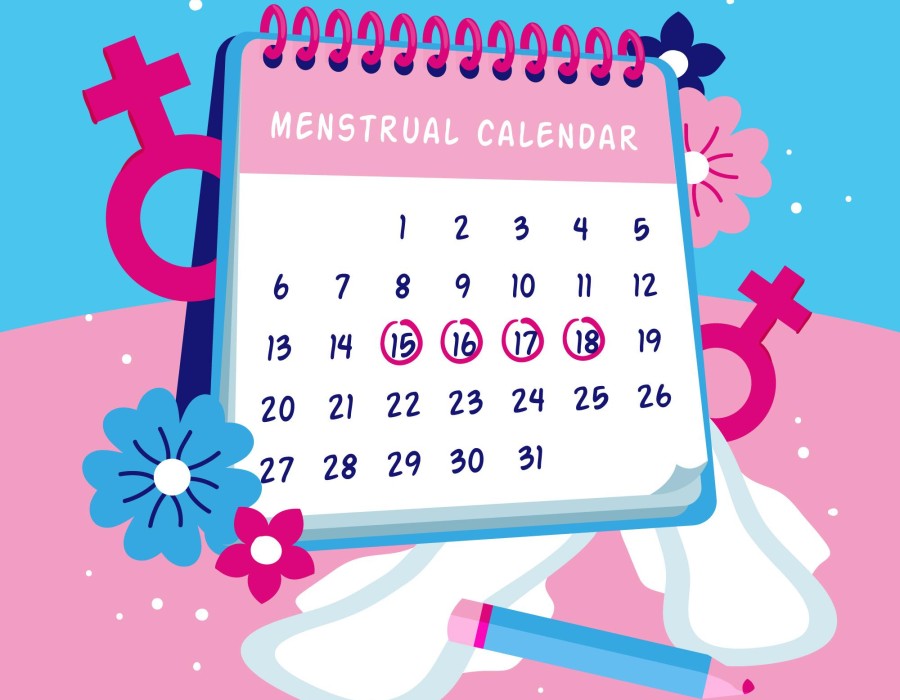Introduction
Family planning is an important aspect of reproductive health, and couples today have access to many tools that help them make informed choices. Among these, an ovulation estimator stands out as a simple yet powerful resource for women who want to better understand their fertility patterns. By predicting the most fertile days in a menstrual cycle, an ovulation estimator plays a significant role in both achieving pregnancy and preventing it naturally. This article explores the key benefits of using an ovulation estimator for family planning and how it empowers women and couples to take control of their reproductive goals.
Understanding an Ovulation Estimator
An ovulation estimator is a tool that helps women calculate their fertile window by analyzing the length of their menstrual cycle and identifying the approximate day of ovulation. Ovulation is the release of an egg from the ovary, and it typically occurs about 14 days before the start of the next period. Since sperm can survive for several days in the female reproductive system, identifying this fertile window is essential for couples planning to conceive. Today, ovulation estimators are available online, as mobile applications, and even as advanced digital devices, offering convenience and accessibility to women worldwide.
Enhancing Chances of Conception
Identifying the Fertile Window
The biggest advantage of using an ovulation estimator is its ability to predict the most fertile days of a woman’s cycle. For couples who are trying to conceive, this ensures that intercourse is timed effectively, maximizing the chances of pregnancy. Without an estimator, many couples may not accurately identify these crucial days, leading to unnecessary delays in conception.
Reducing Stress in the Conception Journey
Trying to conceive can be an emotional process, especially when efforts take longer than expected. An ovulation estimator reduces uncertainty and stress by providing clarity on when ovulation is most likely to occur. This guidance allows couples to focus on the right days rather than leaving conception to chance.
Supporting Natural Birth Control
Avoiding Pregnancy Without Hormones
Not every couple is looking to conceive immediately. Some prefer to delay pregnancy without relying on hormonal contraceptives. An ovulation estimator provides a natural method of family planning by helping couples track fertile days and abstain from intercourse or use protection during that window. This method appeals to those who wish to avoid side effects associated with contraceptives while still maintaining control over their reproductive choices.
Promoting Body Awareness
By using an ovulation estimator regularly, women become more in tune with their bodies and cycles. This heightened awareness promotes a healthier understanding of reproductive health and can assist in identifying irregularities that may require medical attention.
Convenience and Accessibility
Easy to Use Tools
Modern ovulation estimators are designed to be user-friendly. With just a few clicks, a woman can enter her cycle length and period start date, and the tool will generate estimated fertile days. Mobile apps even offer reminders, notifications, and detailed cycle tracking, making the process more convenient than ever.
Affordable and Accessible Options
Unlike expensive fertility treatments, ovulation estimators are affordable and often free through online platforms. This makes them accessible to women in different financial and geographic settings, allowing more people to benefit from family planning support without high costs.
Improving Communication Between Couples
Family planning is not just an individual responsibility but a shared journey. By using an ovulation estimator, couples can openly discuss fertility windows, sexual activity, and pregnancy goals. This improved communication strengthens relationships by ensuring both partners are equally informed and involved in the planning process.
Accuracy and Limitations
Reliable Predictions
While an ovulation estimator provides a reliable approximation, it is important to note that it does not guarantee 100 percent accuracy. Factors such as stress, illness, and irregular cycles can affect ovulation timing. However, when used consistently, especially alongside other fertility tracking methods like basal body temperature or cervical mucus observation, ovulation estimators become highly effective tools for family planning.
Knowing When to Seek Medical Advice
For couples who struggle to conceive despite using an ovulation estimator, the tool can highlight potential issues. If ovulation is irregular or cycles are unpredictable, it may be a sign to consult a healthcare professional for further evaluation. In this way, the estimator not only aids planning but also helps in identifying when medical intervention is necessary.
Empowering Women’s Reproductive Choices
An ovulation estimator empowers women by giving them greater control over their reproductive lives. Whether they want to conceive, delay pregnancy, or simply understand their bodies better, the tool provides the knowledge needed to make informed decisions. This empowerment leads to increased confidence and a proactive approach to health and family planning.
Integration with Modern Technology
The rise of digital health tools has further enhanced the role of ovulation estimators. Many apps now integrate with wearable devices, allowing women to track not only their cycles but also other health indicators such as heart rate, sleep patterns, and stress levels. This integration provides a holistic view of reproductive health and helps couples make better-informed family planning decisions.
Conclusion
Using an ovulation estimator for family planning offers numerous benefits, from enhancing chances of conception to supporting natural birth control methods. It provides convenience, accessibility, and empowerment for women while fostering communication and shared responsibility between couples. Though not foolproof, an ovulation estimator is a valuable companion in the journey of reproductive health, offering both clarity and confidence. By combining this tool with awareness and, when needed, medical advice, couples can take meaningful steps toward achieving their family planning goals.





Comments